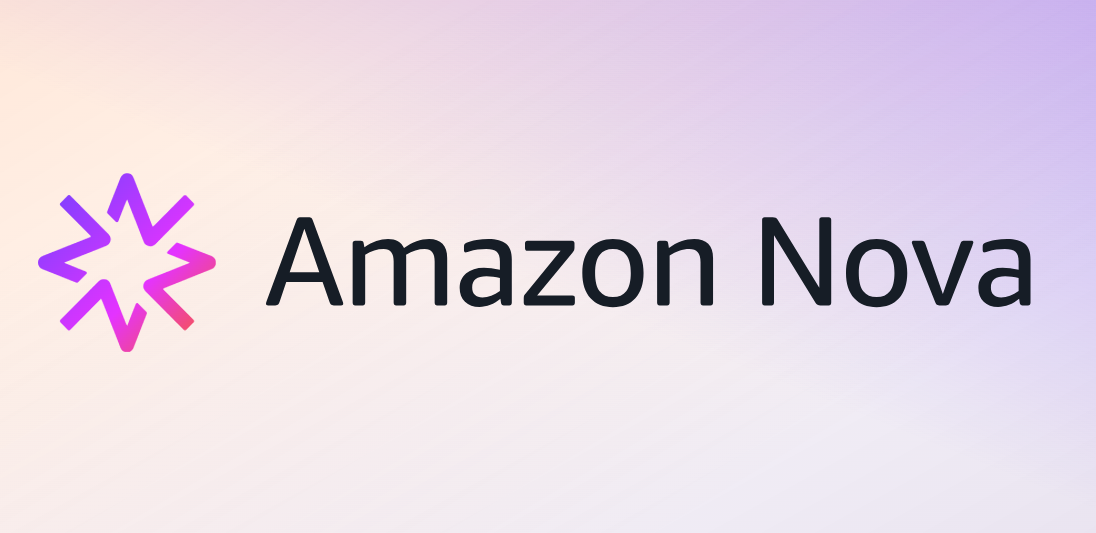Amazon’s Nova Act: The Quiet Agent Revolution That Could Reshape Enterprise AI

In the high-noise race toward artificial general intelligence (AGI), some of the loudest breakthroughs often come with dazzling demos and viral headlines. But in March 2025, Amazon—often viewed as a laggard in the AI arena—took a quieter, calculated step that may prove far more disruptive in the long term.
Introducing Amazon Nova Act, the most advanced AI agent developed to date by Amazon’s AGI SF Lab. This next-generation software agent not only outperforms its rivals on multiple benchmark tests but also brings a much-needed focus to what matters most in enterprise AI today: dependability, decision-making, and deployment readiness.
While OpenAI and Anthropic continue their sprint toward increasingly intelligent general-purpose chatbots, Amazon’s strategy signals a deliberate shift: From chat to action, from flash to function.
Let’s unpack why Nova Act matters—and what it tells us about the future of enterprise automation.
David Luan, head of Amazon’s AGI Lab and former OpenAI exec, is crystal clear on the mission: “The basic atomic unit of computing in the future is going to be a call to a giant AI agent.”
This is not hype. It’s a decisive vision. AI agents aren’t just meant to respond to prompts—they’re meant to act, make decisions, navigate interfaces, and deliver results independently across enterprise systems and web-based workflows. That’s the next phase in enterprise AI, and Nova Act is Amazon’s first formidable leap in that direction.
While other labs have launched agents that browse the web or automate tasks, they often struggle with consistency. Luan calls this the “Waymo problem”—a reference to self-driving cars that only succeed in optimal conditions but collapse at edge cases. The goal isn’t impressive demos that work 60% of the time. The goal is dependability.
Nova Act’s differentiator? It knows when to act, not just how. It is trained to recognize context, evaluate state, and make judgment calls. This is one of the hardest challenges in AI—something even human teams struggle with.
Despite Amazon's low-key announcement, Nova Act has already made waves under the surface. It outperforms both OpenAI’s Computer Use Agent and Anthropic’s Claude 3.7 Sonnet on core benchmarks like GroundUI Web and ScreenSpot, which test real-world agent decision-making on web interfaces.
These aren't academic tests. These are tasks that resemble actual enterprise use cases: booking services, navigating dashboards, completing workflows, resisting upsell traps, and reacting to changing environments.
Amazon isn’t just catching up—it’s surpassing expectations on the benchmarks that matter most for enterprise operations.
Where most models are bolted together from LLMs and manually scripted rules (making them brittle), Nova Act is trained using reinforcement learning, allowing it to simulate the trial-and-error reasoning that’s critical for real-time decision-making.
But Amazon goes further. In a rare crossover, Nova Act draws on insights from robotics. Amazon’s robotics team, led by Pieter Abbeel (another early OpenAI alum), is infusing the AI agent with embodied intelligence—the kind that learns from physical movement and causality, not just token prediction.
With thousands of robots already operational in Amazon’s warehouses, few companies are better positioned to connect physical and digital intelligence at scale.
This unique fusion is what makes Nova Act potentially transformative—not just a bot that reads and types, but an agent that observes, evaluates, and decides.
In another move designed to make Nova Act more than just a lab curiosity, Amazon is releasing a Software Development Kit (SDK) for developers to embed Nova into real-world workflows.
This SDK lets engineers set behavioral constraints (“don’t accept insurance upsells,” “always use company-negotiated rates”) and instruct Nova how to navigate interfaces made for humans—not machines.
For the enterprise, this is a game-changer.
Imagine deploying Nova to:
Schedule recurring vendor meetings via a web portal
Book travel using preferred policy constraints
Manage procurement workflows with exception handling
Preemptively assist in customer support tasks using business rules
And that’s just the start.
Amazon is not positioning Nova Act as the next flashy chatbot. It’s not meant to write poetry or generate anime avatars. Instead, it’s laser-focused on enterprise orchestration—helping businesses automate intelligent decision-making across sprawling systems.
Enterprise-readiness: Nova Act’s strength is not just benchmark scores. It’s context-awareness, judgment, and error recovery—features that make it production-ready.
Action over dialog: It moves the LLM from a co-pilot to an executor—one that understands tasks and completes them autonomously.
Productization: With the SDK, Amazon signals that this is not just an R&D experiment. It’s a foundation for real products, at scale.
In short, Nova Act turns the AI hype cycle into a delivery engine.
At AiDOOS, we see Amazon Nova Act as a blueprint for how the Virtual Delivery Center (VDC) model evolves in the age of intelligent agents.
VDCs aren’t just about outsourcing or freelancing—they’re about orchestrating fluid, modular teams that blend:
Human experts for strategy, empathy, and oversight
AI agents like Nova Act for execution, automation, and scale
Platform governance for quality, compliance, and integration
Imagine a future where VDCs don’t just assign tasks to humans, but intelligently route, triage, and resolve workflows using agents that understand your business rules.
With agents like Nova, we move from “talent marketplaces” to autonomous, hybrid delivery centers—where people and machines collaborate seamlessly, backed by a digital command center.
Nova Act isn’t just an AI model. It’s a cornerstone of the post-workforce enterprise.
Amazon may not have stolen headlines with Nova Act’s debut, but those watching closely can see the signs: A quiet revolution is underway.
While others dazzle with creativity, Amazon is building infrastructure-grade AI—boring to some, but critical for the next phase of enterprise transformation.
Nova Act won’t just talk—it will act, decide, and deliver.
And in that shift lies the foundation of tomorrow’s intelligent enterprise.

By redesigning packaging, exploring reusable models, investing in smart tracking, and leveraging the VDC model for execution, beverage manufacturers can reduce their environmental footprint while boosting their brand relevance and operational resilience.

Even the most capable in-house IT teams often fall short when it comes to minimizing downtime. While Managed Services solve much of the downtime problem, the VDC model supercharges it with flexibility, scalability, and domain-specific expertise.